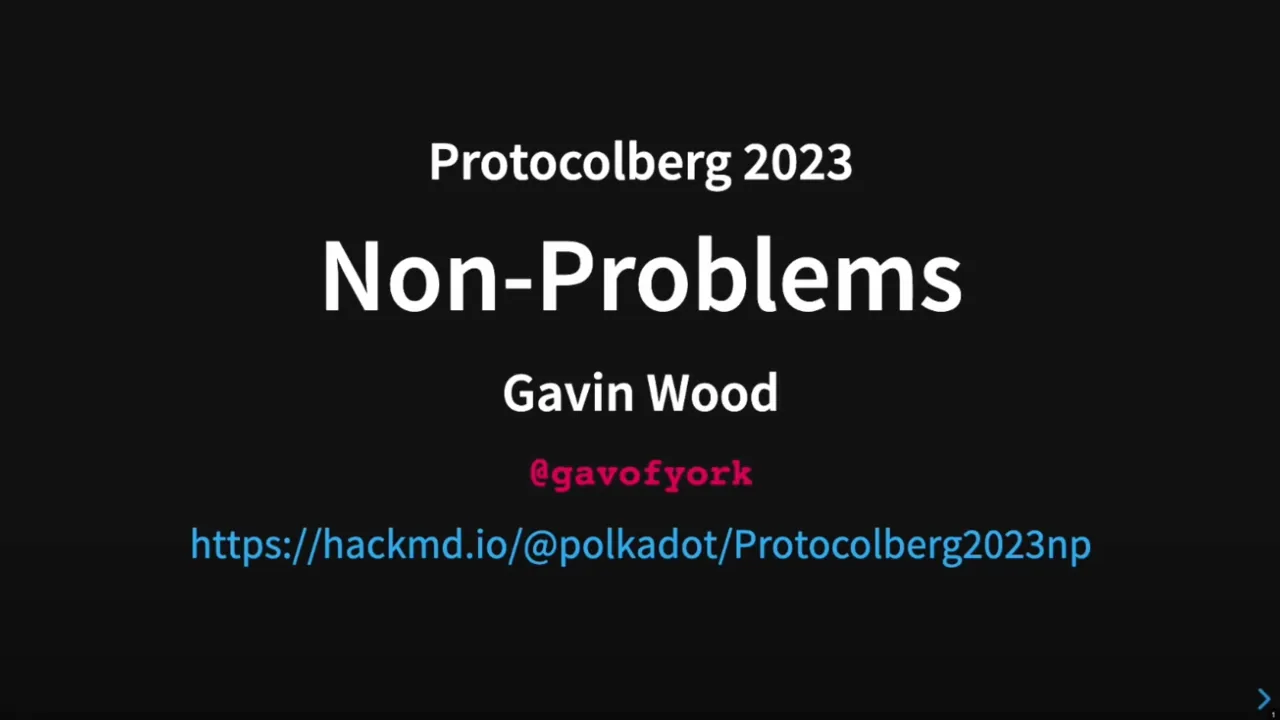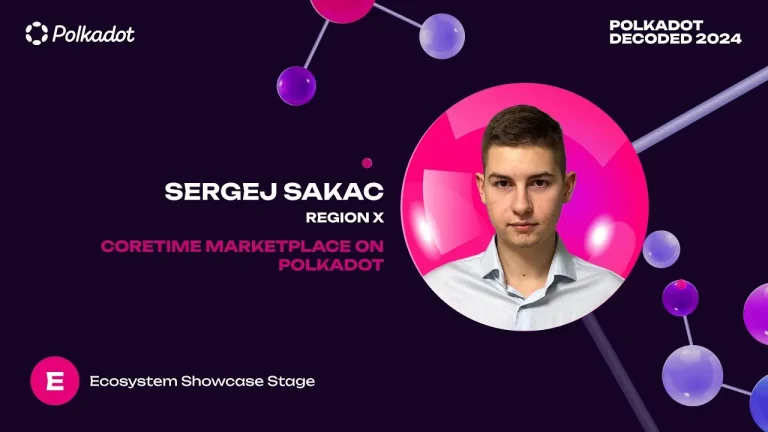At the Protocol Berg event, Gavin Wood, co-founder of Ethereum and founder of Polkadot, delivered an insightful keynote that delved into the concept of Agile Coretime. As a significant figure in the blockchain industry, Wood’s talk provided a comprehensive overview of the Polkadot ecosystem and introduced new ideas to enhance blockchain scalability and efficiency. Here, we break down the key points from Gavin Wood keynote at the Protocol Berg event in Berlin for those looking to understand the future direction of Polkadot and blockchain technology.
In the following link you can consult all the slides from Gavin Wood’s keynote on Protocol Berg.
The Structure of Polkadot: A Multi-Chain Blockchain Network
Polkadot is fundamentally a scalable, heterogeneous multi-chain blockchain network. Gavin Wood described Polkadot as a “blockchain of blockchains”, a platform designed to connect multiple blockchains, enabling them to operate securely and efficiently. The core components of this system include:
- Relay Chain: The central chain that coordinates the entire network.
- Parachains: Independent blockchains that plug into the Relay Chain, benefiting from shared security and interoperability.
- Substrate: The framework used to build these blockchains.
- Frame: A set of modules within Substrate used to build blockchain logic, including smart contract capabilities.
Polkadot Account Abstraction: Flexibility and Security
Gavin Wood emphasized the concept of account abstraction, which has been a hot topic in the blockchain world. He explained how Polkadot’s system is designed to be flexible, allowing for different types of accounts and privileges. Unlike the fixed account model in Ethereum, Polkadot’s account model can be customized, offering more flexibility and security. This customization is made possible through:
- System Origin: A versatile data structure that can be extended to include new types of origins and privileges.
- XCM Origin: A richer origin type used for cross-chain messaging.
Innovations in Transaction Handling
One of the key innovations Wood discussed is the handling of transactions within the Polkadot network. The platform allows for various transaction models, including:
- Transaction Batching: Executing multiple transactions in a single batch.
- Delegation and Multisig: Allowing multiple signatures and delegation of transactions.
- Exotic Signatures and Account Recovery: Supporting advanced cryptographic techniques and social recovery mechanisms.
These features enhance the flexibility and security of the network, making it more adaptable to different use cases.
Polkadot Agile Coretime: Redefining Resource Utilization
The centerpiece of Wood’s keynote was the introduction of Agile Coretime. Polkadot’s existing model is optimized for blockchain-like systems, but Agile Coretime aims to broaden the scope of its core computational resources. The concept revolves around two main types of agility:
- Agile Procurement: Introducing more flexible methods for acquiring computational resources, including:
- Bulk Sales: Monthly auctions of core time.
- Instantaneous Core Time: Real-time access to computational resources on a block-by-block basis.
- Agile Utilization: Exploring new ways to use these resources beyond just verifying blockchains. Wood proposed several models, including:
- Actor Model: Allowing multiple actors (tasks) to run on a single core with synchronous communication.
- MapReduce Model: Implementing a distributed computing framework to handle large-scale data processing.
NFT-Based Core Time Allocation
An innovative aspect of Gavin Wood’s proposal is using NFTs to represent core time. These NFTs can be split, combined, and traded, providing a highly flexible and market-driven approach to resource allocation. This mechanism ensures that core time can be efficiently distributed and utilized according to the specific needs of the network participants.
Future Implications and Technological Flexibility
Wood concluded his talk by highlighting the potential for economic efficiency and technological flexibility. By decoupling the core computational resources from specific blockchain applications, Polkadot can open up new possibilities for decentralized applications and services. This approach allows for a broader range of uses and encourages innovation within the ecosystem.
Conclusion
Gavin Wood’s keynote at Protocol Berg highlighted the ongoing evolution of the Polkadot network and introduced Agile Coretime as a revolutionary concept in blockchain resource management. By enhancing flexibility in both procurement and utilization of core computational resources, Polkadot is poised to lead the way in scalable and efficient blockchain technology. As the network continues to develop, these innovations will likely play a crucial role in shaping the future of decentralized applications and services.








